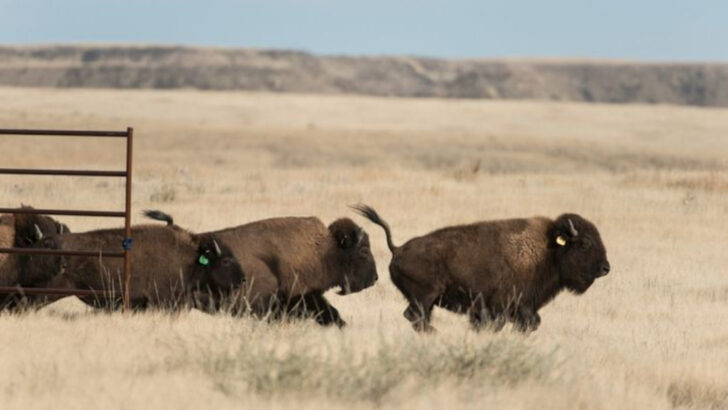Bison don’t just return—they rewrite the land.
Once nearly wiped from the continent, these colossal grazers are thundering back, not just as survivors, but as ecological powerhouses. Where there was once dry, abandoned farmland, bison now roam—and the results are nothing short of wild magic.
Prairies are springing to life. Native plants are pushing through again. Birds, bugs, and beasts are returning to places long forgotten. And at the heart of it all? The heavy hoofbeats of the American bison.
This post dives into ten jaw-dropping stories where bison didn’t just move in—they revived entire ecosystems. It’s a comeback you can hear, feel, and see in every blade of grass.
Yellowstone National Park’s Bison Revival
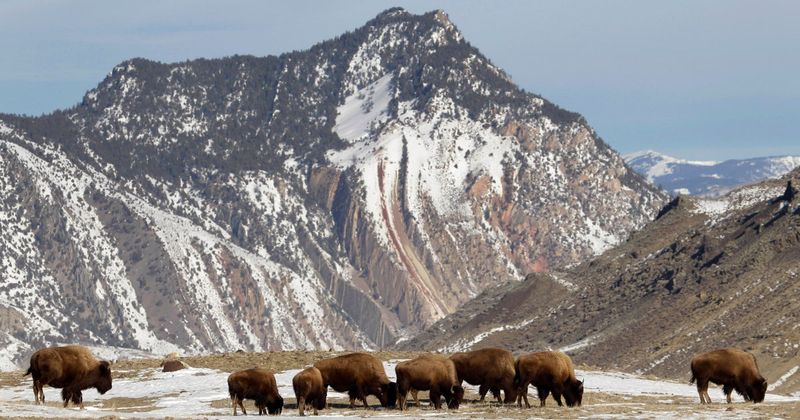
Yellowstone’s bison are a testament to resilience. Once nearly extinct, this population now thrives in the region. The park’s efforts in carefully managing these herds have not only helped in their recovery but also revitalized the land.
The presence of bison has been pivotal in maintaining the ecological balance, fostering diverse plant species, and supporting other wildlife. Bison grazing patterns help in seed dispersal, promoting new growth.
Their ability to compact and aerate the soil leads to healthier landscapes. The herd’s comeback story is both inspiring and essential for ongoing conservation efforts.
The Tallgrass Prairie Preserve in Oklahoma
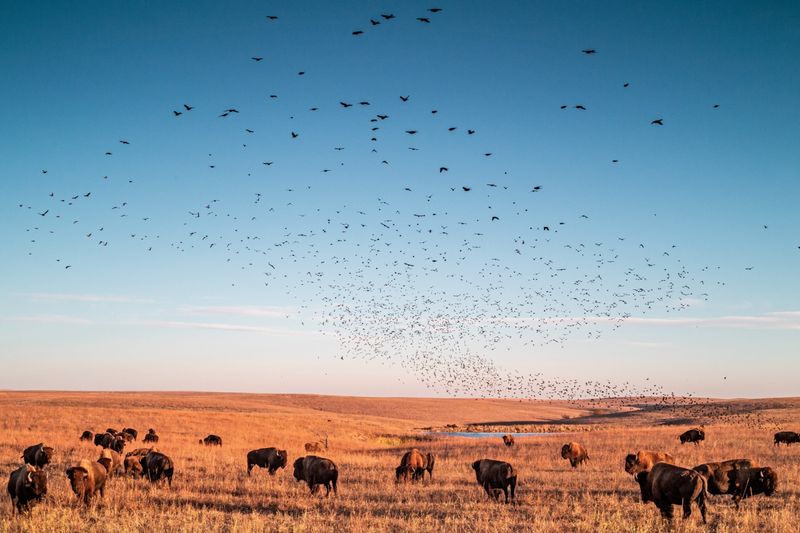
In the heart of Oklahoma, the Tallgrass Prairie Preserve is home to a growing bison population. This reintroduction has led to the restoration of one of the most endangered ecosystems in North America.
Bison grazing habits play a central role in maintaining the prairie’s biodiversity. Their selective feeding promotes plant diversity, which in turn supports a wide array of animal species.
Additionally, wallowing behavior creates microhabitats for different organisms. The return of bison here is a remarkable example of how nature can heal given time and the right conditions. It also offers educational opportunities for visitors.
Wind Cave National Park’s Ecological Balance
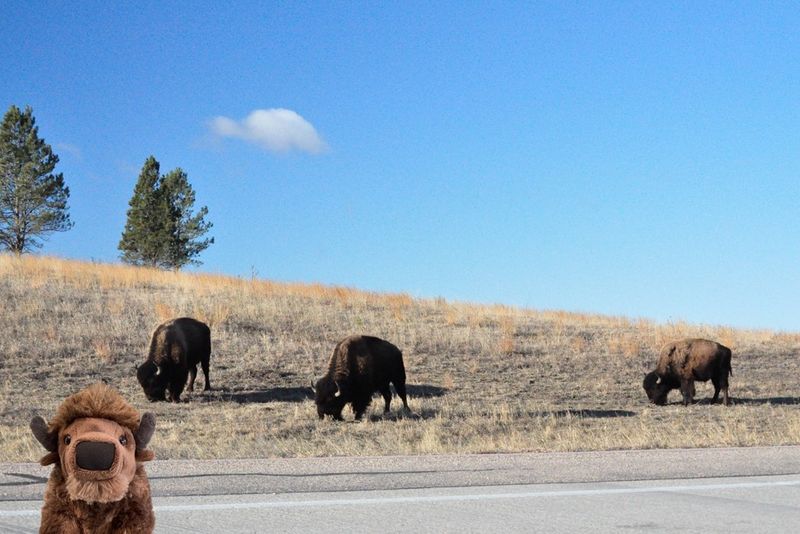
Wind Cave National Park in South Dakota hosts a unique bison population. These bison contribute significantly to the park’s ecological dynamics. As natural grazers, they help manage vegetation and prevent overgrowth.
The trampling action of their hooves aerates the soil, fostering nutrient cycling. Moreover, they are integral to the cultural heritage of the region, symbolizing strength and resilience.
The park’s bison are essential in sustaining a balanced ecosystem, supporting everything from insects to large predators. Their continued presence underscores the importance of maintaining such habitats for future generations.
Konza Prairie Biological Station’s Experiment
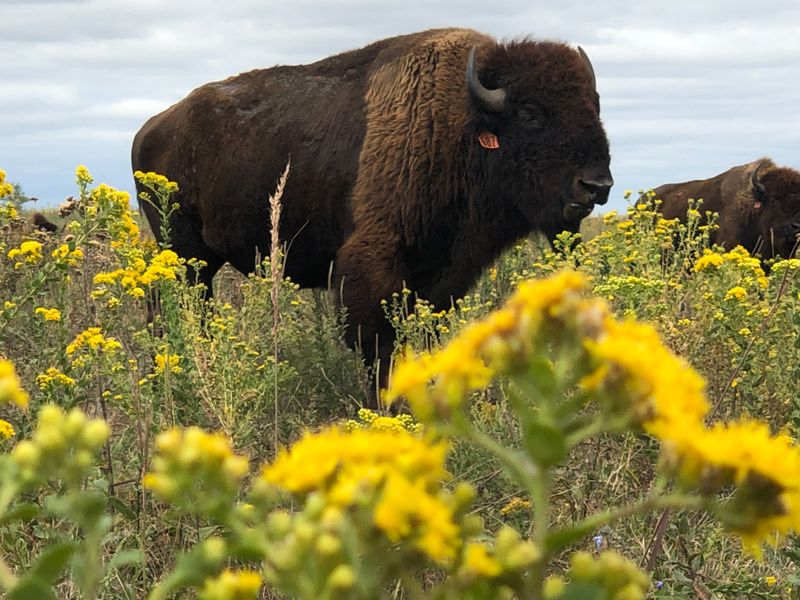
At Konza Prairie Biological Station in Kansas, bison are part of a long-term ecological experiment. Their grazing is instrumental in studying grassland dynamics and biodiversity.
Scientists observe how bison influence plant species composition, soil health, and fire regimes. The presence of bison has shown to enhance nutrient recycling and promote native grasses. This experimental approach provides critical insights into sustainable land management practices.
By understanding these interactions, researchers aim to develop strategies that restore and maintain healthy ecosystems. Bison not only contribute to ecological research but also serve as a living symbol of the plains.
The Return to Fort Peck Reservation
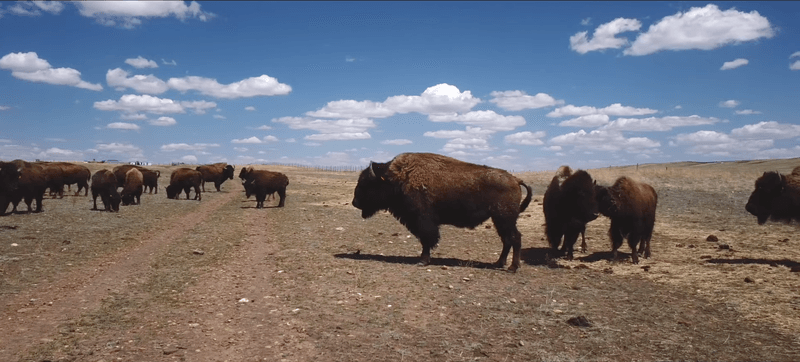
Fort Peck Reservation in Montana witnessed the historic return of bison, symbolizing cultural and ecological renewal. This reintroduction has strengthened the bond between the land and its people, providing a sustainable source of meat and supporting traditional practices.
Bison play a vital role in grassland restoration, their grazing patterns promoting healthy plant communities. Additionally, they support local wildlife, creating a balanced ecosystem.
The community-driven initiative highlights the importance of indigenous stewardship in conservation. The bison’s return to Fort Peck is a story of hope, resilience, and the power of collaboration between people and nature.
Catalyst for Change at Midewin National Tallgrass Prairie

Midewin National Tallgrass Prairie in Illinois has become a beacon of restoration, thanks to bison. As a keystone species, they shape the land through their grazing and behavior.
By trimming invasive plant species, they allow native flora to flourish. This transformation supports diverse wildlife, including birds and insects. The presence of bison offers excellent recreational opportunities, drawing visitors eager to witness this ecological revival.
Midewin serves as a model for prairie restoration across the country. The success here underscores the potential for bison to act as catalysts for change, breathing life into degraded lands.
Bringing Life Back to the American Prairie Reserve
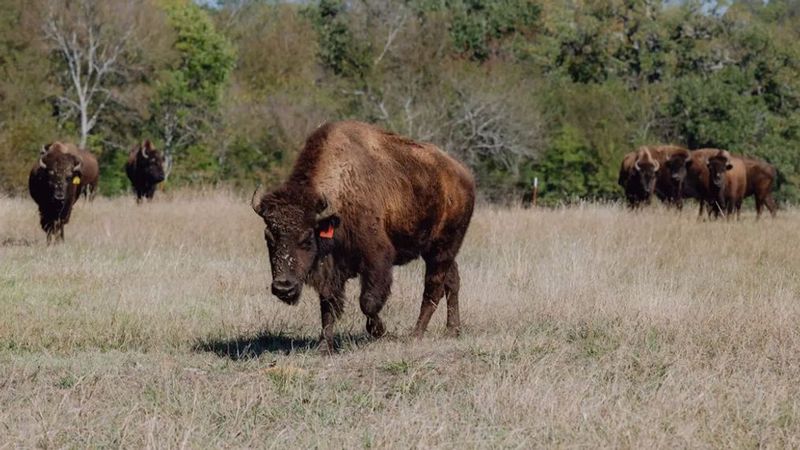
American Prairie Reserve’s mission is to create a seamless prairie ecosystem. The reintroduction of bison is central to this vision. Their grazing helps maintain the grassland, preventing shrub encroachment and supporting plant diversity.
This vibrant ecosystem attracts a wide array of wildlife. Researchers continuously monitor the effects of bison on the environment, providing valuable data for conservation strategies.
The project also focuses on community engagement, educating about the importance of prairie ecosystems. As bison roam the reserve, they not only revive the land but also inspire a commitment to preserving natural habitats for future generations.
The Rolling Hills Sanctuary Transformation
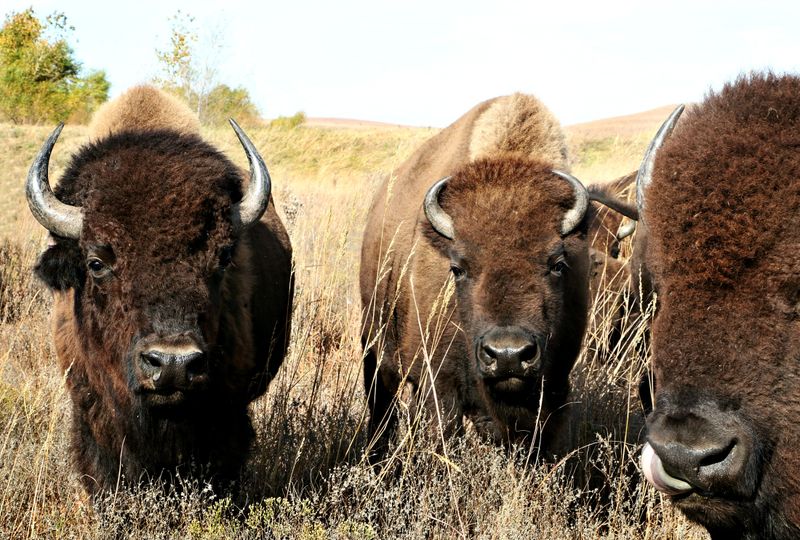
In the heart of the Midwest, the Rolling Hills Sanctuary stands as a testament to bison resilience. Once barren, these lands now flourish with life. A thriving bison herd roams freely, nurturing the soil and fostering biodiversity.
The gentle giants have reintroduced native grasses and attracted diverse wildlife, creating a balanced ecosystem. Their presence symbolizes hope and renewal.
Local communities have embraced this transformation, celebrating the return of cultural traditions tied to the bison. Their story is one of nature’s restoration, where bison play a pivotal role in rejuvenating the land.
Green Valley’s Ecological Renaissance

Green Valley, once abandoned and devoid of life, now thrives with ecological vibrancy. Bison have become the heart of this transformation, restoring the valley’s natural charm.
They aerate the soil through their movements, encouraging plant growth and inviting a plethora of species back to the area. This revival paints a picture of harmony between nature and wildlife.
Residents cherish the bison’s quiet strength, seeing them as guardians of the land. Green Valley stands as a beacon of what can happen when human hands allow nature to lead the way.
Prairie Echo’s Renewal
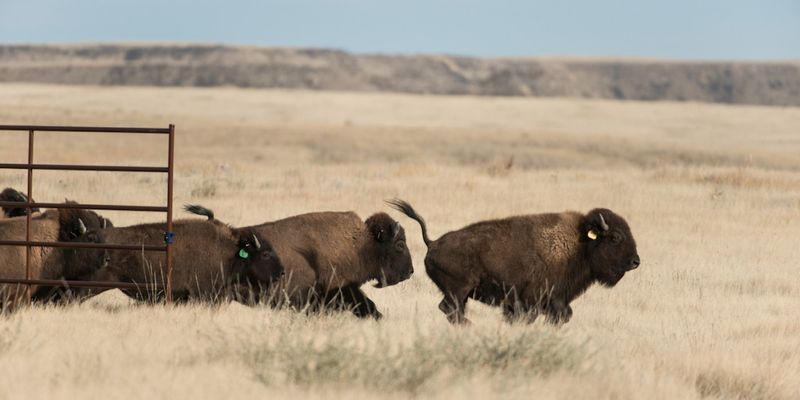
Prairie Echo, once a forgotten stretch of land, now sings with the echoes of bison calls. The reintroduction of bison has breathed new life into this area, transforming it into a thriving prairie expanse.
Bison activities help maintain the grassland, ensuring the return of diverse flora and fauna. These gentle giants are stewards of the prairie ecosystem, supporting its natural cycles.
The local community rejoices in this natural renaissance, reviving cultural narratives and traditions. Prairie Echo’s story is a testament to nature’s ability to heal and flourish with minimal interference.

